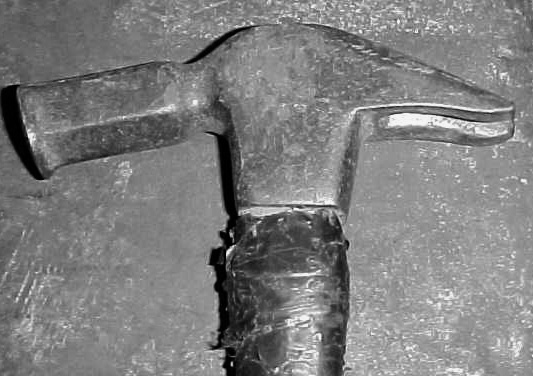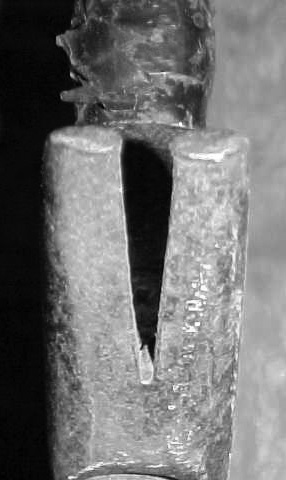American Farriers Journal
American Farriers Journal is the “hands-on” magazine for professional farriers, equine veterinarians and horse care product and service buyers.

Figure 1
Every tool we own is important and has a job to do. When shoeing, I think the most important one is the nailing or driving hammer. It gets the most use and should be as perfect as possible for each individual’s need.
Finding the right hammer is not rocket science, but it can take some time to find the one that’s just right for you and the type of work you do.
There are a lot of different hammers available, varying greatly in weight, balance and cost. The latter should be the last factor in choosing your hammer.
What could be the most important factor is how you use a nailing hammer. First of all, a nailing hammer should be used for only that. Shifting shoes, cutting clinches and pulling nails is not in its job description.
The hammer face in Figure 1 is not soft. It is just overworked, most likely from shifting shoes and a lot of use on a clinch cutter. As the head mushrooms, it gets harder and harder to drive nails as the surface is minimized.

Figure 2
Something I was taught early was to keep two hammers in my box; one for driving nails and the other (economy-priced one) for blocking up and cutting clinches. This lets a nice driving hammer last for many years.
Figure 2 is the claw of the same hammer. It has obviously had a fair amount of metal-to-metal contact. My guess would be it was hit on…